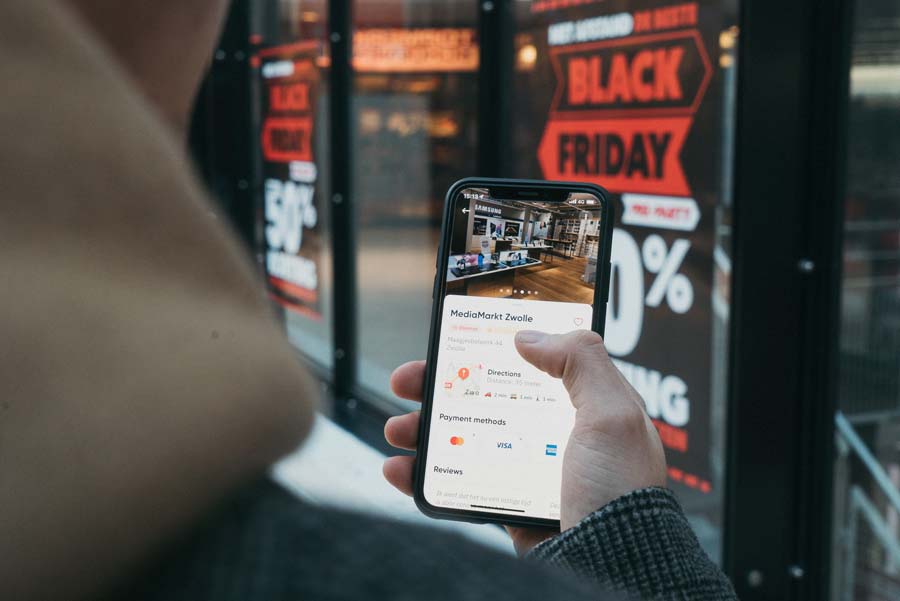Are you having a hard time hitting a high conversion rate? Don't despair just yet. You may have the right products at the right time - but you may also lack that little push that turns traffic into customers.
Sometimes, offering a discount is more than enough to get the job done. That's right: lowering your prices may increase your revenue, no matter how weird that sounds.
Bait and fish, discounts and clients - it all works the same way. And we'll talk about it down below.

Discounts done right
Before you figure out your discount strategy, you need to learn how to do it the right way.
What does that mean? Well, it's simple: your customers need to think about lower prices as an opportunity to buy premium products at an affordable rate.
And you don't want anyone to think you're selling cheap stuff!
That's why you need to have a reason to offer a discount. One of the right strategies is offering a discount for buying products in pairs.
One way to do it wrong would be putting a 20% off tag on everything you're selling - people will think you're closing shop or desperate (or worse, trying to scam people).
We'll show you how to do it right down below.
Three discount strategies you can use
1. Lower prices for loyal customers
This strategy is simple - and a sales trick as old as time. You reward loyal customers with a discount.
For example, if you buy ten items in less than six months, you get one for free. Or, another way to do it, shop with us monthly for a year and get a discount in January.
There's more than one way to show loyalty. A customer getting more people to buy your products works as well (a referral program).
Some entrepreneurs like to turn things around and offer discounts to new customers. We believe there's room for improvement for that strategy (and you can see what we mean in strategy number three).
2. Better prices in pairs
This one is a little tricky to pull off, but you may have a nice bump in revenue if you do it right.
You could offer a discount for people who buy two or three items that go well together.
For example, let's say you're selling shaving products. Alright, you have your shaving cream, your aftershave oil, razors, and so on and on.
It goes like this: if you buy shaving cream, you pay full price; if you buy aftershave oil, you pay full price - buy them together, and you get a 10% on both.
So, someone may stop by to buy shaving cream - and end up buying the aftershave too for the discount alone.

3. One email, one discount (A winning long-term strategy)
You probably know about email newsletters if you're in the e-commerce business. You know how important they are - but have you used yours to offer a discount lately?
If you haven't, you're doing it all wrong! You want people to subscribe to your newsletter, and you want them to pay attention to your emails.
So, how do you get people to subscribe to your newsletter? Offer a 5% discount for anyone who signs up. That's how you get new visitors to turn into regular customers.
After that, make it perfectly clear that there are more discounts on the way. Keep up your end of the deal and offer a promo code every two or three months.
Make sure everyone knows you offer promo codes and other great stuff in your newsletter right away.
Remember to reel back
Offering discounts is a great way to increase your sales - but you may not see an increase in revenue right away. Because of that, you need to offer discounts from time to time, never permanently.
Once you see an increase in conversions, you need to reel back and figure out how to keep your new customers without using discounts again.
That way, you'll compensate for that slight revenue hit you suffered (and increase your profits long-term).
And, of course, you need to remember to calculate your profit margins before you start selling at a discount- unless you want your new customers to bankrupt your business.


